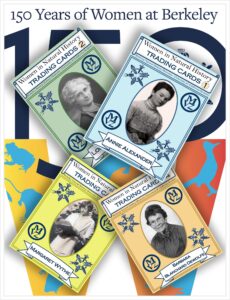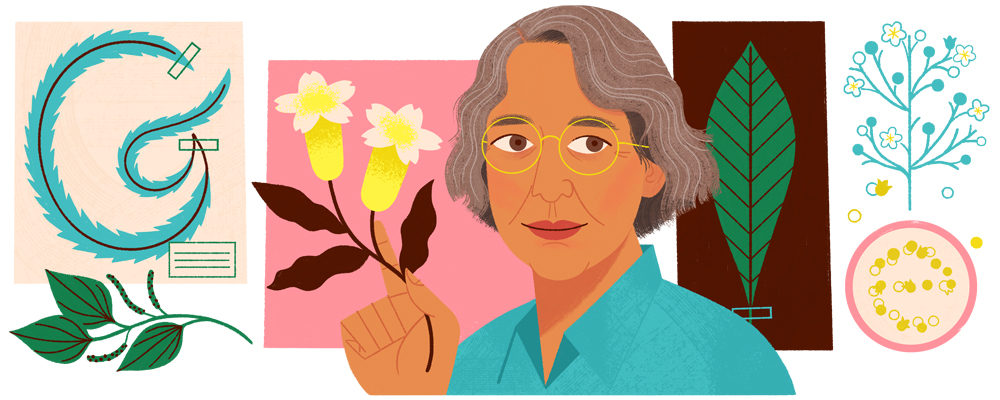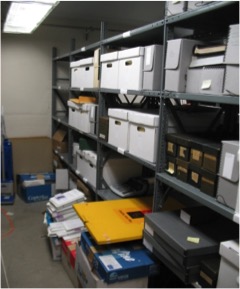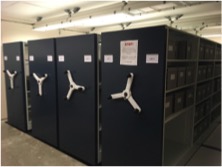Written by MVZ URAP Apprentice Margaret Asperheim, a senior in Linguistics. When Margaret first started in the MVZ Archives, she insisted on in-person tasks, and thus was our first archival apprentice regularly back in the museum for over a year!
As an intern at the MVZ this past semester (Fall 2021), I spent most of my time sifting through reams of historical correspondences, many of them written a hundred years ago. I met the whole original cast of MVZ: Joseph Grinnell, director and ornithologist; Margaret Wythe, Grinnell’s assistant and a formidable biologist herself; curators Eugene Hall, Edna Fisher, and Joseph Dixon; and of course Annie Alexander and Louise Kellogg, always funding something or other and therefore spoken of with reverence by the strapped-for-cash researchers. The decades between us gradually slipped away; I could almost look over and see Margaret typing up a report for The Condor, or Annie and Louise headed off on another collecting jaunt. It truly is a privilege to be able to connect yourself to a history, to meet and know the people who came before you: to remember that you’re not alone.
Life has been difficult these last few years, to put it mildly; I’m sure I don’t have to explain to anyone why. The word unprecedented, though, has been tossed around a lot, and after this semester at the MVZ, I take issue with it. As I mentioned, I’ve been mostly reading through letters and messages sent between MVZ researchers and their correspondents. As a scientific authority, the MVZ was often consulted by private citizens on matters of animal identification, good agricultural practices, etc. Apparently, it also dabbled in public health. Rifling through a folder of miscellany one day, I came across a letter from the City Clerk to Joseph Grinnell from 1919, commending him for “approving the use of the mask as a preventative against Influenza”. Our story isn’t unprecedented. (The world had a previous pandemic in 1918.) Maybe that makes it a little less exciting, but for me it’s also a lot less terrifying. Someone sat where I’m sitting now, doing the same work, dealing with the same crisis: a support system through the decades.
Occasionally, you catch glimpses of history in the everyday lives of the researchers: the world wars affecting the time it takes a specimen to reach another institution, the military draft thinning the ranks of field collectors. History is always happening to us, making life more tragic and more difficult and more irritating, but also connecting us, not only across space but across time. To forget our predecessors is to isolate ourselves, and we certainly don’t need any more isolation these days. This apprenticeship taught me more about the past than I’ve ever learned in a class. Archive work tells you: history is made up of people like me.


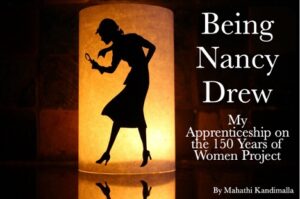
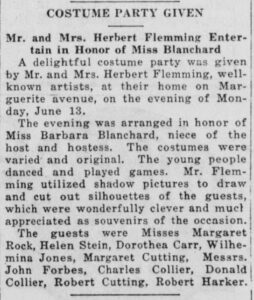 Image Credit: Lucretia Little History Room at the Mill Valley Public Library
Image Credit: Lucretia Little History Room at the Mill Valley Public Library